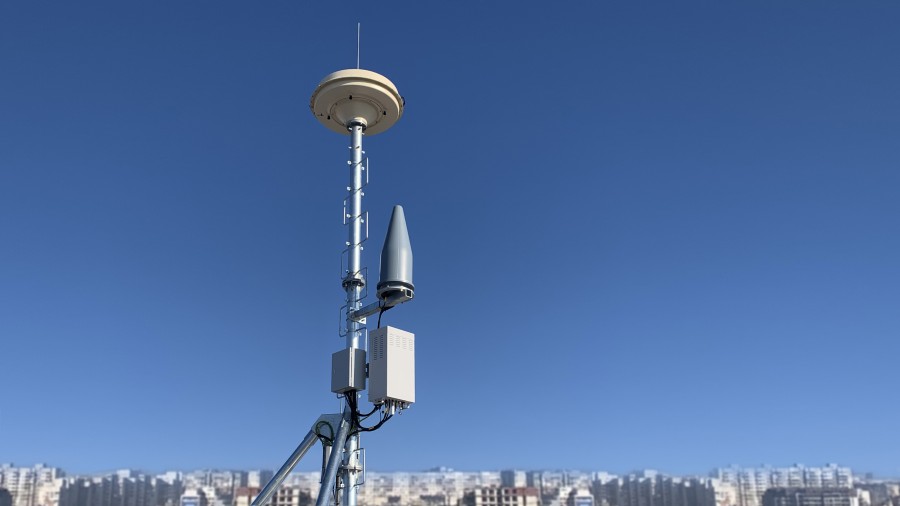Keysight Technologies says it has been granted the Federal Communications Commission’s first experimental license for spectrum above 246 GHz and 275.5 GHz, as part of multiple FCC grants to pursue research on future 6G systems and sub-terahertz spectrum. Keysight describes “sub-terahertz” as the swath of airwaves between 95 GHz and 3 THz.
“Innovations in sub-THz spectrum will support use-cases such as immersive telepresence, digital twins and extended reality, which is all real-and-virtual combined environments and human-machine interactions generated by computer technology and wearables,” said Roger Nichols, Keysight’s 5G and 6G program director. “Using the FCC Spectrum Horizons license enables Keysight to strengthen our commitment to 6G technology, which will allow innovators to pioneer across the novel terrain of future-generation communications systems.”
Keysight also announced this week that Nichols has been appointed to the FCC’s Technological Advisory Council (TAC).
Kailash Narayanan, president of Keysight’s Communications Solutions Group, said that the use of sub-THz spectrum is “one key enabler to merging the physical and digital worlds, which will result in creative ways for people to interact with their surroundings.”
In other test news:
–NI has officially closed on its acquisition of Heinzinger Automotive GmbH, which is the electric vehicle systems business of Heinzinger electronic GmbH. NI said that the purchase expands its portfolio of electrification, battery test, and sustainable energy capabilities, while also broadensing its reach to customers.
–Teledyne LeCroy has introduced a new 100 gigabit Ethernet Layer-1 adapter to its SierraNet M648 test platform, which enables testing and link training of IEEE 802.3ck-based 100GbE four-level pulse amplitude modulation (PAM4) ethernet links.
-400G and 800G were a particular focus at this week’s OFC conference, with ColorChip, which manufactures photonic integrated circuits for data center connectivity joining up with compliance test fixture company Wilder Technologies to demonstrate compliance testing tools for 800G.
–Spirent Communications also showcased 400G and 800G test at OFC, in the form of its A1 test platform’s 400G appliance for Ethernet, saying that its solutions “enable providers to ensure their 400G infrastructure is up to the challenge of today’s data growth needs, while preparing 800G to be the future workhorse of the cloud’s backbone.”
-Bulgaria has expanded its use of Rohde & Schwarz equipment for spectrum monitoring.

The Bulgarian Communications Regulation Commission recently awarded the test company a follow-up contract for its R&S UMS300 compact monitoring and radiolocation systems. R&S describes the system as made of up compact equipment protected by weatherproof housings which are mounted directly on communications masts beneath antennas, rather than requiring additional shelters.
-Semiconductor integration company pSemi, which is part of Murata Corporation, said this week that it has expanded its RF SOI portfolio with the industry’s first SP4T switches for wideband and millimeter-wave applications up to 67 GHz — those are designed to support, among other things, 5G millimeter wave systems and test and measurement applications, according to the company.
–Viavi Solutions launched a new fiber tester this week, touting its FiberComplete PRO handheld tester that it says is “the first single test port solution that fully automates all the fiber qualification tests required for the construction and certification of any type of fiber optic network.”
The company also announced the addition of a 400G module for its OneAdvisor 800 instruments, for 400G transport testing and maintenance.

